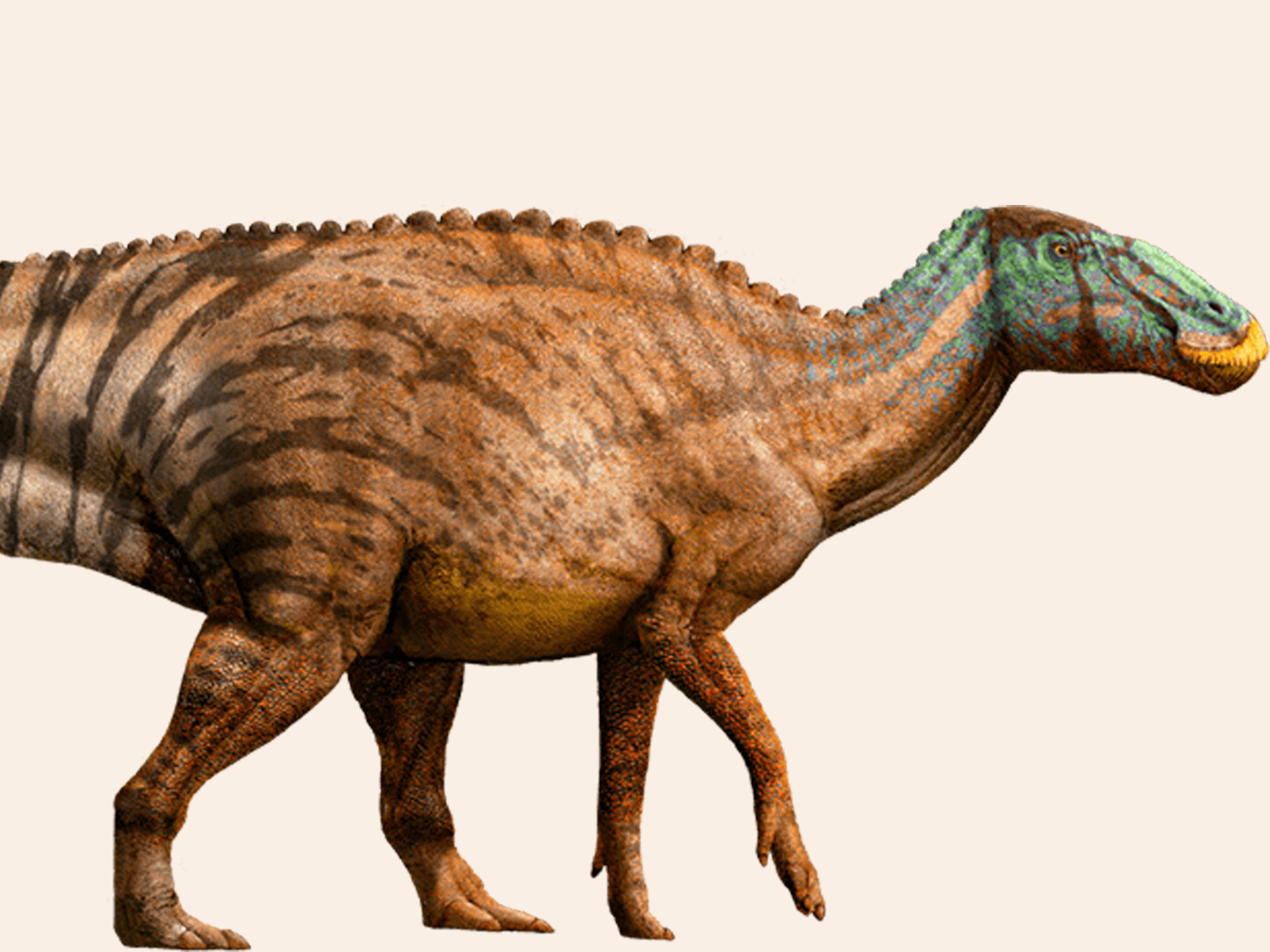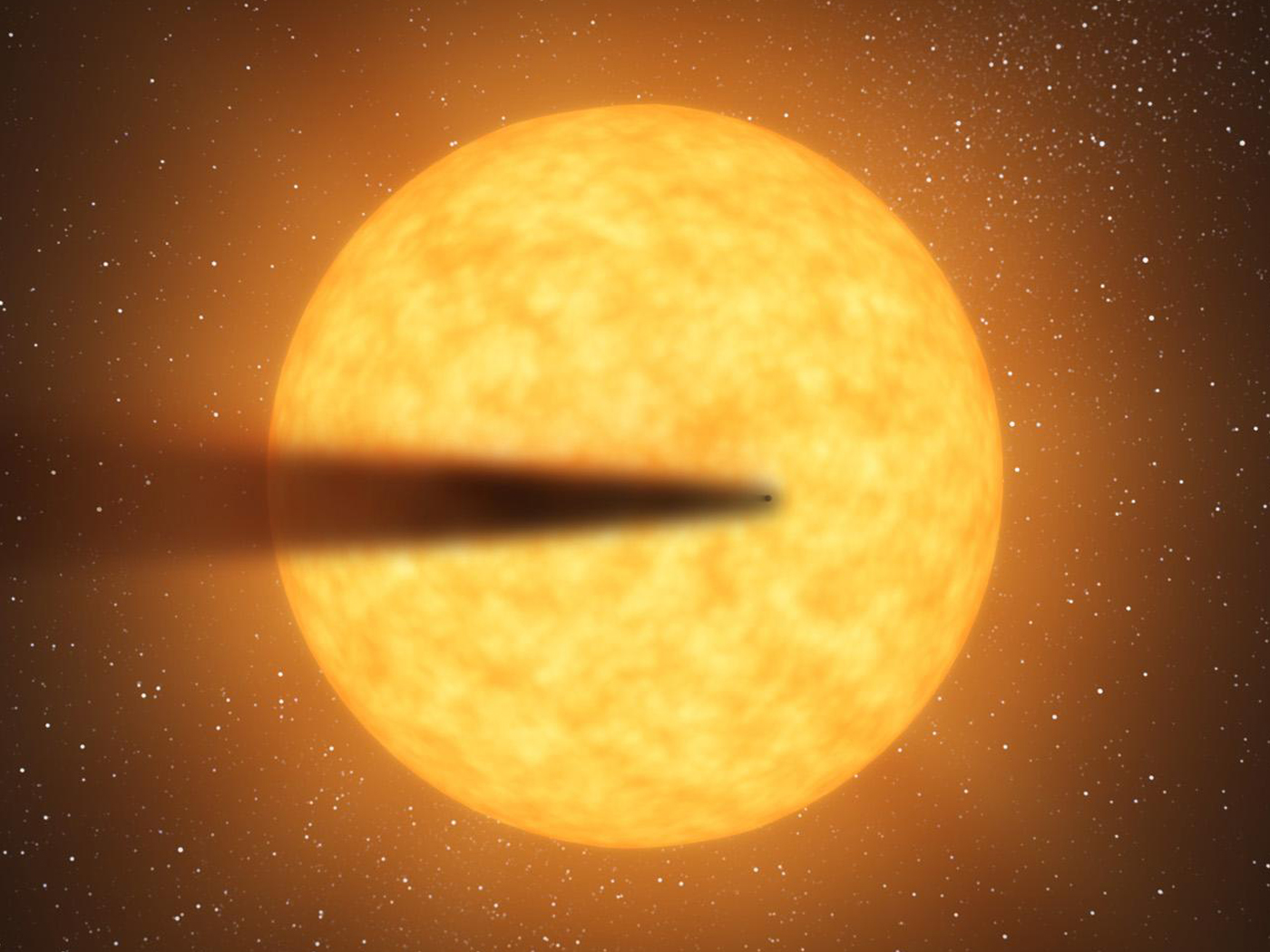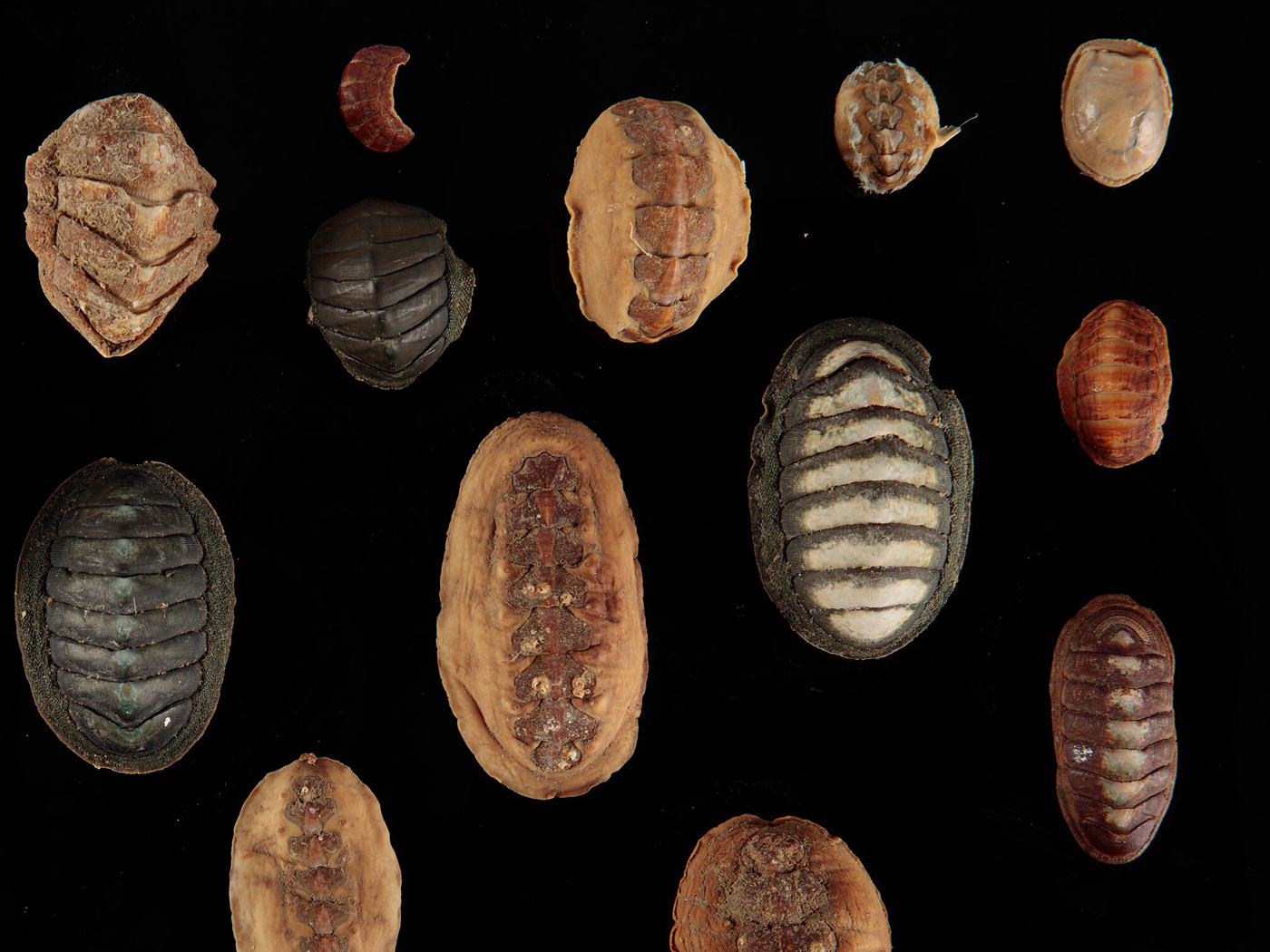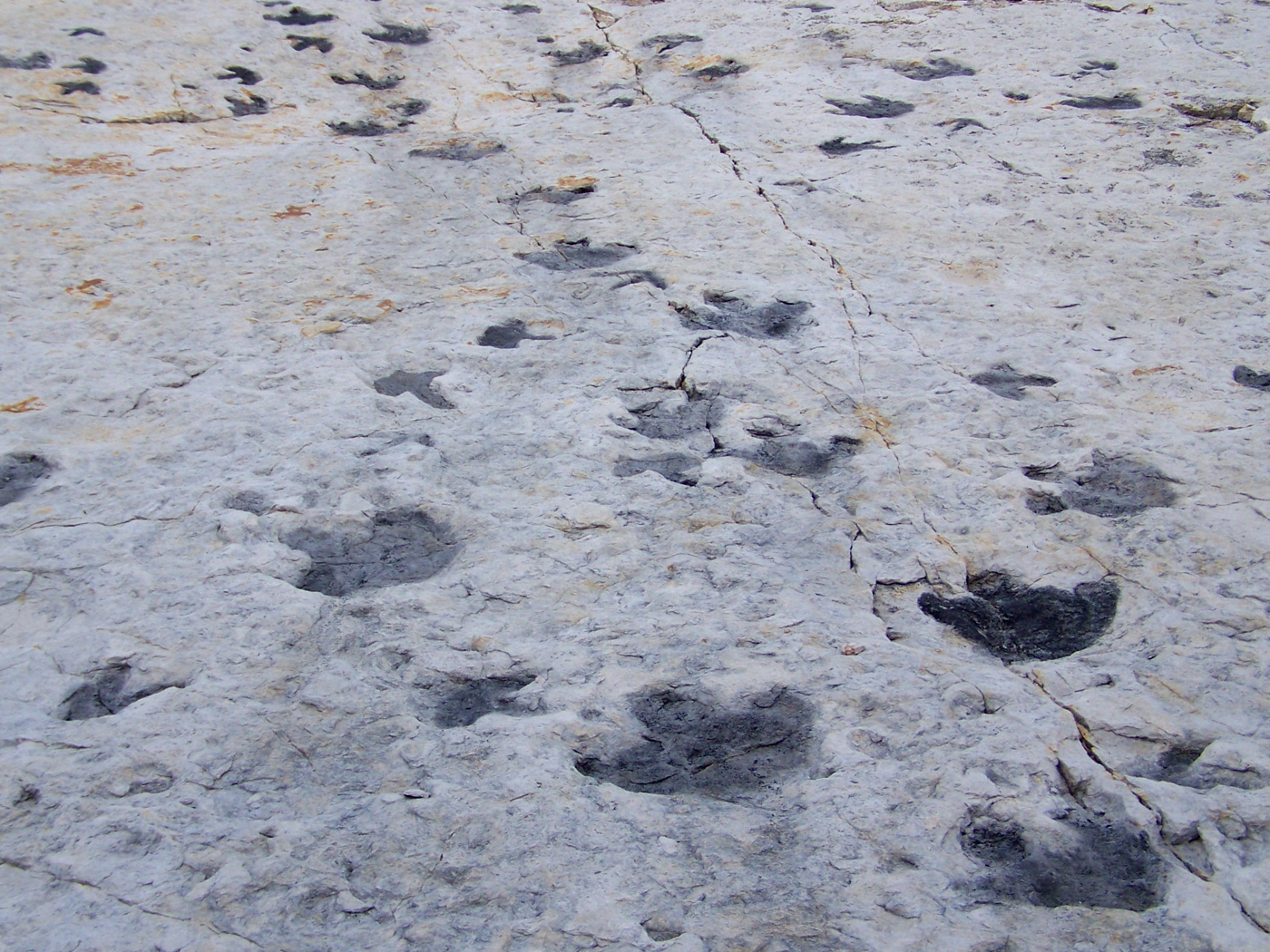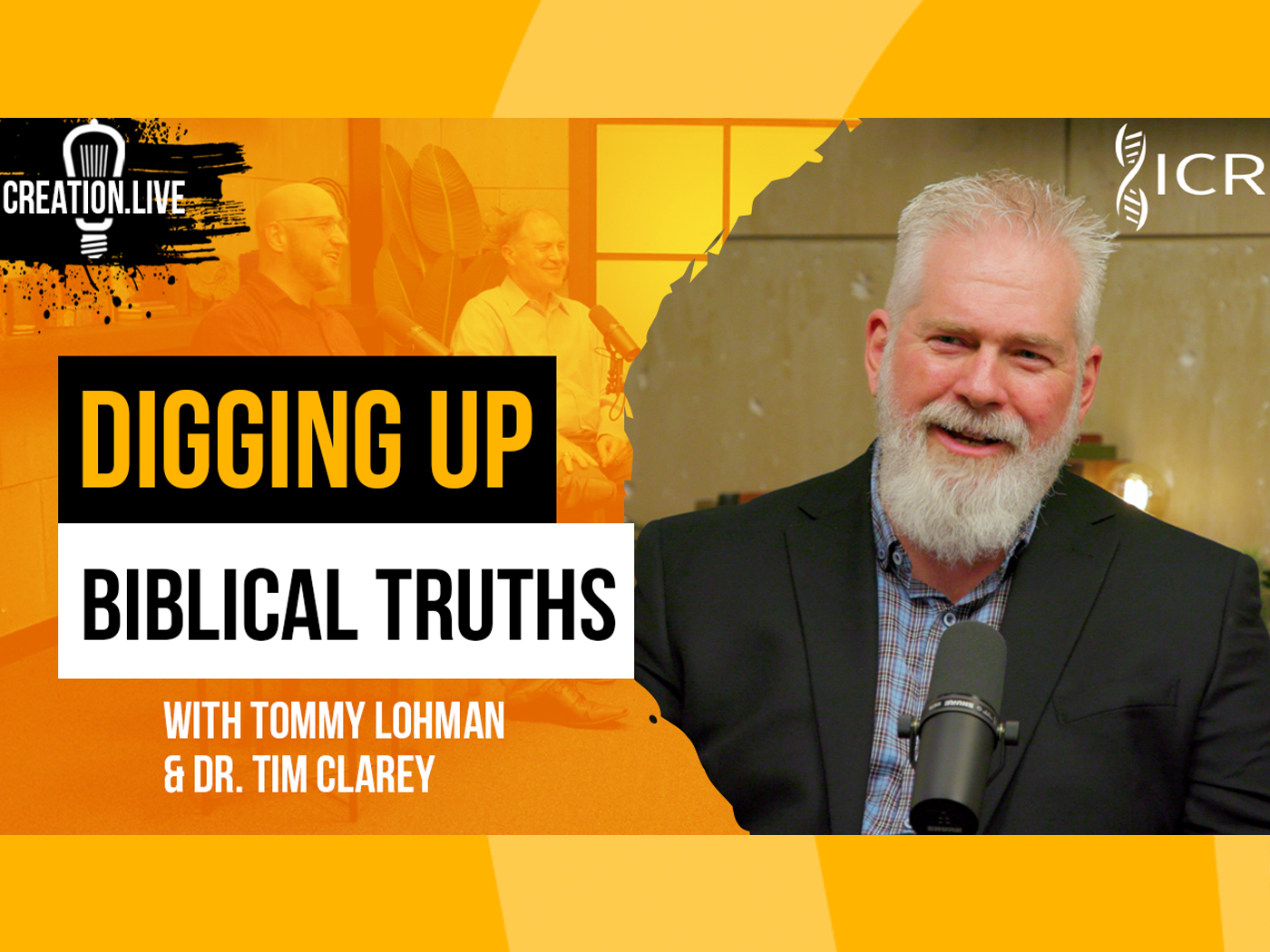According to the assumptions foundational to potassium-argon (K-Ar) and argon-argon (Ar-Ar) dating of rocks, there should not be any daughter radiogenic argon (40Ar*) in rocks when they form. When measured, all 40Ar* in a rock is assumed to have been produced by in situ radioactive decay of 40K within the rock since it formed. However, it is well established that volcanic rocks (e.g. basalt) contain excess 40Ar*, that is, 40Ar which cannot be attributed to either atmospheric contamination or in situ radioactive decay of 40K.1 This excess 40Ar* represents primordial Ar carried from source areas in the earth's mantle by the parent magmas, is inherited by the resultant volcanic rocks, and thus has no age significance.
However, are all other rocks in the earth's crust also susceptible to "contamination" by excess 40Ar* emanating from the mantle? If so, then the K-Ar and Ar-Ar "dating" of crustal rocks would be similarly questionable.
When muscovite (a common mineral in crustal rocks) is heated to 740°-860°C under high Ar pressures for periods of 3 to 10.5 hours it absorbs significant quantities of Ar, producing K-Ar "ages" of up to 5 billion years, and the absorbed Ar is indistinguishable from radiogenic argon (40Ar*).2 In other experiments muscovite was synthesized from a colloidal gel under similar temperatures and Ar pressures, the resultant muscovite retaining up to 0.5 wt% Ar at 640°C and a vapor pressure of 4,000 atmospheres.3 This is approximately 2,500 times as much Ar as is found in natural muscovite. Thus under certain conditions Ar can be incorporated into minerals which are supposed to exclude Ar when they crystallize.
Patterson et al. envisage noble gases from the mantle (and the atmosphere) migrating and circulating through the crust, so there should be evidence of excess 40Ar* in crustal rocks.4 Noble gases in CO2-rich natural gas wells confirm such migration and circulation—the isotopic signatures clearly indicate a mantle origin for the noble gases, including amounts of excess 40Ar* in some CO2-rich natural gas wells exceeding those in mantle-derived mid-ocean ridge basalts.5 In fact, the quantities of excess 40Ar* in the continental crust can be as much as five times that found in such mantle-derived mid-ocean ridge basalts, strongly implying that excess 40Ar* in crustal rocks and their constituent minerals could well be the norm rather than the exception.
Dalrymple, referring to metamorphism and melting of rocks in the crust, has commented: "If the rock is heated or melted at some later time, then some or all the 40Ar may escape and the K-Ar clock is partially or totally reset."6 Thus 40Ar* escapes to migrate in the crust to be incorporated in other minerals as excess 40Ar*, just as 40Ar* degassing from the mantle does. Excess 40Ar* has been recorded in many minerals (some with essentially no 40K) in crustal rocks—quartz, plagioclase, pyroxene, hornblende, biotite, olivine, beryl, cordierite, tourmaline, albite, and spodumene.7 The Ar-Ar method has also been used to confirm the presence of excess 40Ar* in feldspars and pyroxenes.8 In a recent study 128 Ar isotopic analyses were obtained from ten profiles across biotite grains in high-grade metamorphic rocks, and apparent Ar-Ar "ages" within individual grains ranged from 161Ma-514Ma.9 This cannot be solely due to radiogenic build-up of 40Ar*, but due to incorporation by diffusion of excess 40Ar* from an external source, namely, 40Ar* from the mantle and other crustal rocks and minerals. Indeed, a well-defined law has been calculated for 40Ar diffusion from hornblende in a gabbro due to heating.10 Excess 40Ar*, which accumulated locally in the intergranular regions of the gabbro, reached partial pressures in some places of at least 10-2atm.
This crustal migration of 40Ar* is known to cause grave problems in regional geochronology studies. For example, in the Middle Proterozoic Musgrave Block (northern South Australia), a wide scatter of K-Ar mineral "ages" was found, ranging from 343Ma to 4493Ma due to inherited (excess) 40Ar*, so no meaningful interpretation could be drawn from the rocks.11 Of the diabase dikes which gave anomalous "ages," it was concluded that the basic magmas probably formed in or passed through zones containing a high partial pressure of 40Ar*, permitting inclusion of the gas in the crystallizing minerals. Likewise, when Ar "dating" was attempted on Proterozoic granulite-facies rocks in the Fraser Range (western Australia) and Strangways Range (central Australia), it was found that garnet, sapphirine, and quartz contained excess 40Ar* that rendered the Ar dating useless because of "ages" higher than expected.12 The excess 40Ar* was probably incorporated at the time of the formation of the minerals, and calculations suggested a partial pressure of ~0.1 atm Ar in the Proterozoic lower crust of Australia, which extends over half the continent.
An Ar-Ar "dating" study of high-grade metamorphic rocks in the Broken Hill region (New South Wales) found widely distributed excess 40Ar*.13 Plagioclase and hornblende were most affected, step heating Ar-Ar "age" spectra yielding results up to 9.588Ga. Such unacceptable "ages" were produced by excess 40Ar* release, usually at 350-650°C and/or 930-1380°C, suggesting excess 40Ar* is held in sites within respective mineral lattices with different heating requirements for its release. Thus at crustal temperatures, which are less than 930°C, some excess 40Ar* will always be retained in those trapping sites in minerals where it is "held" more tightly. A viable interpretation of these Broken Hill data was only produced because assumptions were made about the age of the rocks and of a presumed subsequent heating event (based on Pb-Pb and Rb-Sr dating), when it is conjectured that accumulated 40Ar* was released from minerals causing a significant regional Ar partial pressure of ~3 x 10-4atm.
Domains within the mantle and crust have been identified and the interaction between them described, all of which is relevant to the migration and circulation of Ar (and thus excess 40Ar*) from the lower mantle through the crust.14 The six domains are physically distinct units which exhibit wide differences in average physical and chemical properties, as well as structure and tectonic behavior. They are the lower mantle (below 670km), upper mantle, continental mantle lithosphere, oceanic mantle lithosphere, continental crust and oceanic crust, the latter four constituting the earth's crust. Each is a distinct geochemical reservoir.
A steady-state upper mantle model has been proposed for mass transfer of rare gases, including Ar.15 Rare gases in the upper mantle are derived from mixing of rare gases from the lower mantle, subducted rare gases, and radiogenic nuclides produced in situ. Assuming a 4.5Ga earth, it is claimed, "The lower mantle is assumed to have evolved isotopically approximately as a closed system with the in situ decay of 129I, 244Pu, 238U, 232Th, and 40K adding to the complement of initial rare gases." Thus some of the 40Ar* must be primordial (not derived from radioactive 40K), but how much is unknown. It is also claimed that 40K decay in the upper mantle further increases the radiogenic 40Ar there by a factor of ~3 compared with the lower mantle, but this also presupposes a 4.5Ga earth and doesn't allow for primordial 40Ar* already in the upper mantle. The bulk of the 40Ar* in the lower and upper mantles could be primordial, but there is no way of knowing, as primordial 40Ar is indistinguishable from 40Ar*.
Because it is known that excess 40Ar* is carried from the mantle by plumes of mafic magmas up into the earth's crust, it is equally likely that much of the excess 40Ar* in crustal rocks could be primordial 40Ar. Thus, we have no way of knowing if any of the 40Ar* measured in crustal rocks has any age significance. Additional to the primordial 40Ar from the mantle is 40Ar* released from minerals and rocks during diagenesis and metamorphism, so that there is continual migration and circulation of both primordial 40Ar and 40Ar* in the crust which is reflected in their presence in CO2-rich natural gases. Therefore, when samples of crustal rocks are analyzed for K-Ar andAr-Ar "dating," one can never be sure that whatever 40Ar* is in the rocks is from in situ radioactive decay of 40K since their formation, or if some or all of it came from the mantle or from other crustal rocks and minerals. Thus all K-Ar and Ar-Ar "dates" of crustal rocks are questionable, as well as fossil "dates" calibrated by them.
References
1 A.A. Snelling, "'Excess Argon': The 'Achilles' Heel' of Potassium-Argon and Argon-Argon 'Dating' of Volcanic Rocks" (1999, El Cajon, CA, Institute for Creation Research Impact, #307), pp.i-iv.
2 T.B. Karpinskaya, I.A. Ostrovskiy and L.L. Shanin, "Synthetic Introduction of Argon into Mica at High Pressures and Temperatures," Isu Akad Nauk S.S.S.R. Geology Series, 8 (1961): pp.87-89.
3 T.B. Karpinskaya, "Synthesis of Argon Muscovite," International Geology Review, 9 (1967): pp.1493-1495.
4 D.B. Patterson, M. Honda and I. McDougall, "The Noble Gas Cycle Through Subduction Systems," in Research School of Earth Sciences Annual Report 1992 (1993, Canberra, Australia, Australian National University), pp.104-106.
5 T. Staudacher, "Upper Mantle Origin of Harding County Well Gases," Nature, 325 (1987): pp.605-607. C.J. Ballentine, "Resolving the Mantle He/Ne and Crustal 21Ne/22Ne in Well Gases," Earth and Planetary Science Letters, 96 (1989): pp.119-133. P.Burnard, D.Graham and G.Turner, "Vesicle-Specific Noble Gas Analyses of 'Popping Rock': Implications for Primordial Noble Gases in the Earth," Science, 276 (1997): pp.568-571. M. Moreira, J. Kunz and C.J. Allègre, "Rare Gas Systematics in Popping Rock: Isotopic and Elemental Compositions in the Upper Mantle," Science, 279 (1998): pp.1178-1181.
6 G.B. Dalrymple, The Age of the Earth (1991, Stanford, CA, Stanford University Press), p.91.
7 J.G. Funkhouser, I.L. Barnes and J.J. Naughton, "Problems in the Dating of Volcanic Rocks by the Potassium-Argon Method," Bulletin of Volcanology, 29 (1966): pp.709-717. A.W. Laughlin, "Excess Radiogenic Argon in Pegmatite Minerals," Journal of Geophysical Research, 74 (1969): pp.6684-6690.
8 M.A. Lanphere and G.B. Dalrymple, "Identification of Excess 40Ar by the 40Ar/39Ar Age Spectrum Technique," Earth and Planetary Science Letters, 12 (1976): pp.359-372.
9 C.S. Pickles, S.P. Kelley, S.M. Reddy and J. Wheeler, "Determination of High Spatial Resolution Argon Isotope Variations in Metamorphic Biotites," Geochemica et Cosmochimica Acta, 61 (1997): pp.3809-3833.
10 T.M. Harrison and I. McDougall, "Investigations of an Intrusive Contact, Northwest Nelson, New Zealand—II. Diffusion of Radiogenic and Excess 40Ar in Hornblende Revealed by 40Ar/39Ar Age Spectrum Analysis," Geochimica et Cosmochimica Acta, 44 (1980): pp.2005-2020.
11 A.W. Webb, "Geochronology of the Musgrave Block," Mineral Resources Review, South Australia, 155 (1985): pp.23-27.
12 A.K. Baksi and A.F. Wilson, "An Attempt at Argon Dating of Two Granulite-Facies Terranes," Chemical Geology, 30 (1980): pp.109-120.
13. T.M. Harrison and I. McDougall, "Excess 40Ar in Metamorphic Rocks from Broken Hill, New South Wales: Implications for 40Ar/39Ar Age Spectra and the Thermal History of the Region," Earth and Planetary Science Letters, 55 (1981): pp.123-149.
14 B. Harte and C.J. Hawkesworth, "Mantle Domains and Mantle Xenoliths," in Kimberlites and Related Rocks, Proceedings of the Fourth International Kimberlite Conference (1986, Sydney, Geological Society of Australia Special Publication No.14), Vol.2, pp.649-686.
15 D. Porcelli and G.J. Wasserburg, "Transfer of Helium, Neon, Argon, and Xenon Through a Steady-State Upper Mantle," Geochimica et Cosmochimica Acta, 59 (1995): pp.4921-4937.
Notes:
"Ma" represents a million years (Mega-annum); "Ga" represents a billion years (Giga-annum).
That portion of elemental 40Ar derived from radioactive decay is denoted by 40Ar*. The remainder has no radiogenic source. The two are identical.
* At time of publication, Dr. Snelling was Associate Professor of Geology at ICR.
Cite this article: Snelling, A. A. 1999. Potassium-Argon and Argon-Argon Dating of Crustal Rocks and the Problem of Excess Argon. Acts & Facts. 28 (3).
Additional Resources:
Impact #307 "Excess Argon": The "Achilles' Heel" of Potassium-Argon and Argon-Argon "Dating" of Volcanic Rocks by Andrew A. Snelling, Ph.D. (Jan. 1999)
The Cause of Anomalous Potassium-Argon "Ages" for Recent Andesite Flows at Mt. Ngauruhoe, New Zealand, and the Implications for Potassium-Argon "Dating" by Andrew A. Snelling, Ph.D. (1998)
Excess Argon within Mineral Concentrates from the New Dacite Lava Dome at Mount St. Helens Volcano by Steven A. Austin, Creation Ex Nihilo Technical Journal - Vol. 10 Part 3 (1996)
The Mythology of Modern Dating Methods by John Woodmorappe (1999)





